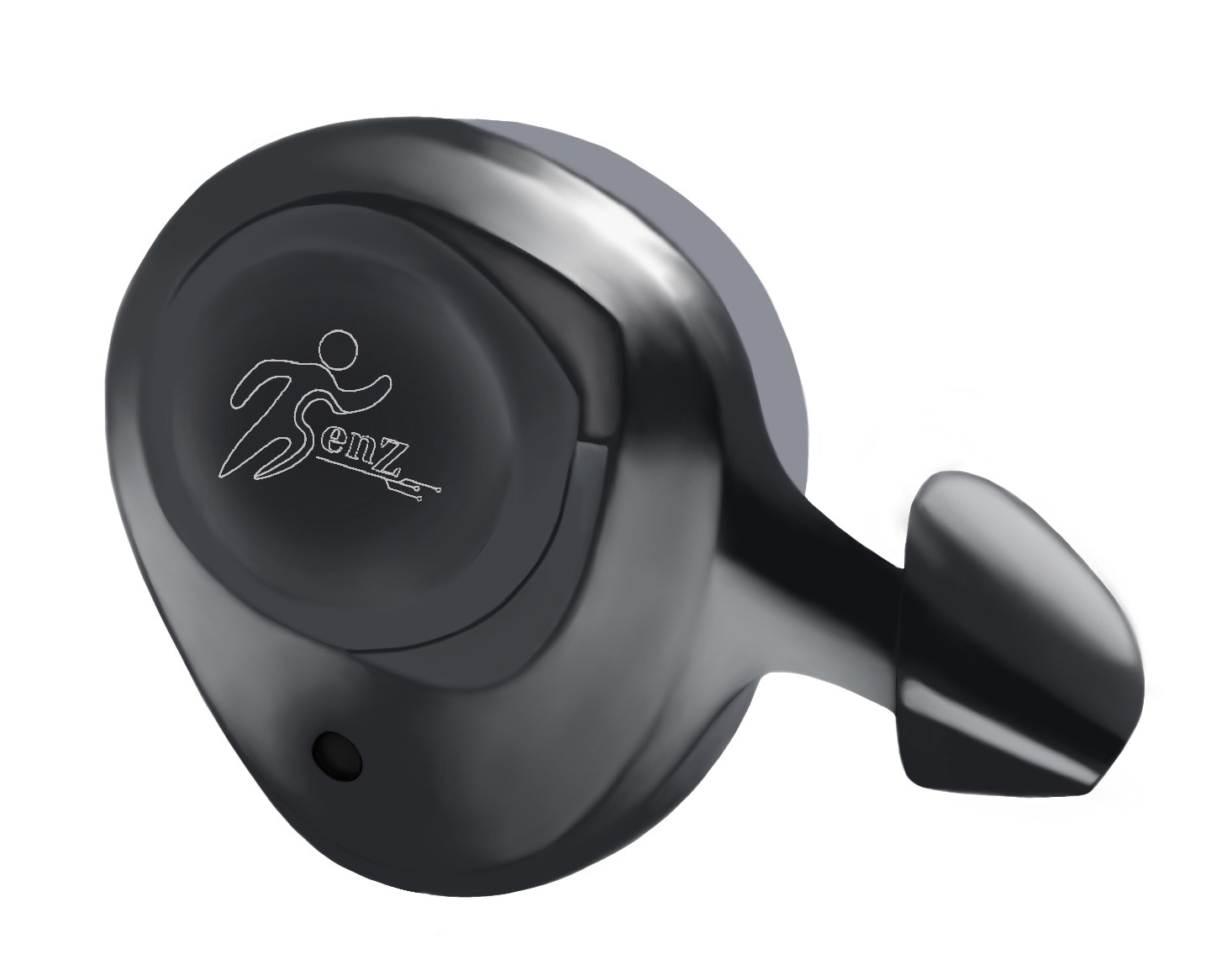
Adapptations
Adapptations
After completing the main components of our project, including the core idea and the initial features that our sensor will have in order to achieve the primary goal, we realized that we need to dedicate more time to fine-tuning certain details. Specifically, these two key issues have caught our attention:
- How will people be able to use our sensor in environments with varying weather conditions?
- Will our sensor impact the jobs of those working in this field, particularly the referees?
1. How will people be able to use our sensor in environments with varying weather conditions?
We realized that our sensor might not function effectively in outdoor environments, especially in areas with extreme weather conditions, such as excessively hot or cold temperatures, or fields with high winds or fluctuating atmospheric pressure. These conditions introduce variables that can affect the gameplay, including wet fields that could cause players to slip. Reduced traction often leads to accidental player contact, which the sensor could mistakenly interpret as intentional fouls.
To prevent such refereeing errors, we decided to integrate artificial intelligence into our sensors. This AI system is designed to adapt to various weather conditions and analyze player movements in real-time, adjusting its response based on the climate. The innovative system evaluates multiple parameters, such as speed, body angle, and movement patterns, to accurately differentiate between intentional and unintentional fouls.
2. Will our sensor impact the jobs of those working in this field, particularly referees?
Once our project was completed, we realized that our product could potentially replace certain jobs, particularly those of referees. Since their primary role is to analyze games and ensure rules are followed, the sensors we developed might take over that responsibility. With this concern in mind, we began exploring alternative ways to use the sensor without causing job loss in the field. That's when we came up with the idea of using an earpiece to transmit the sensor's decisions directly to the human referee on the field. The referee would then be responsible for communicating this information to the teams and ensuring that the decisions are respected by both players and coaches. This way, we could implement our technology while still preserving existing jobs.

Earpiece
Here you can see our initial concept - a simple sketch - of the earpiece that referees would use. The idea is for the device to connect to the sensor, possibly via Bluetooth, and instantly transmit the sensor's decisions. This would allow the referee to take immediate action as events unfold, ensuring that the rules are followed in real time and the game remains fair.